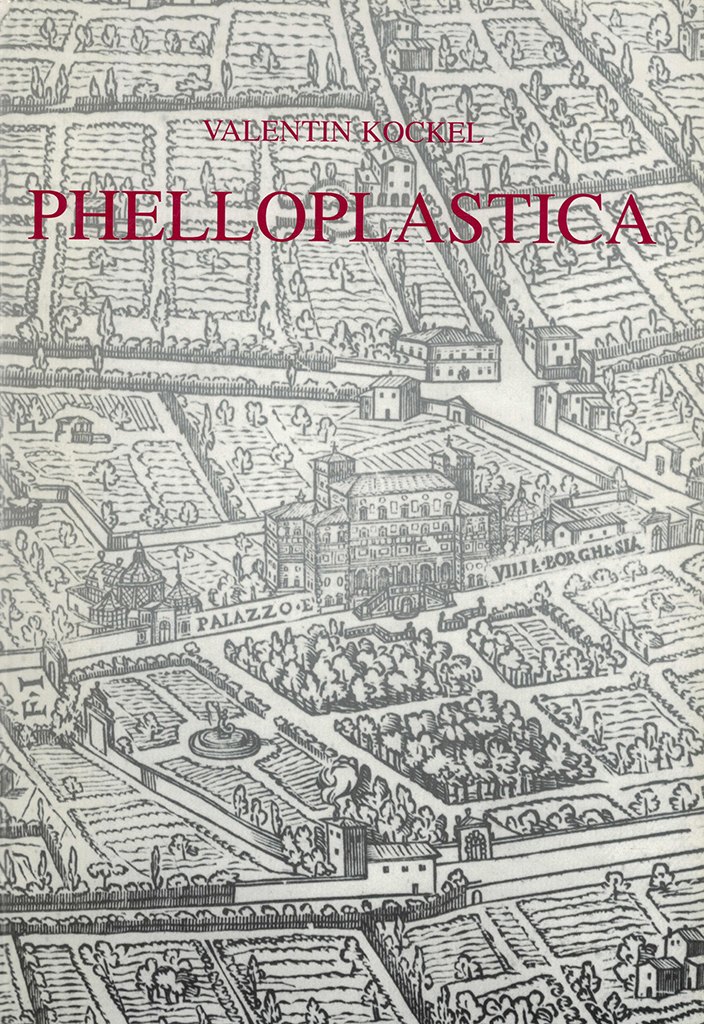Ancient sculptures in the Royal Museum. The eighteenth-century collection in Stockholm Ancient sculptures in the Royal Museum. The eighteenth-century collection in Stockholm, vol. 1 Distributed by Astrom Editions. By Anne-Marie Leander Touati, with contributions by Magnus Olausson This is a presentation of the ancient sculptures acquired in the 17th and 18th centuries by Swedish royalty and subsequently arranged into a public museum in 1794. The work is based both on the testimony of written sources and on the examination of the pieces. The documents related to Gustav III’s acquisitions (c. 200 pieces) in Rome between 1784 and 1789 are particularly rich. They yield ample information both on the Roman antiquities market and on the Enlightened, antiquarian tradition in Sweden. The changing attitudes towards the collection from the late 18th century up to the present date are touched upon. The terminology used to describe Roman sculpture is discussed and the 18th-century techniques are surveyed. Finally a catalogue which includes discussion of the 15 main pieces of the collection follows. Contents List of abbreviations Preface Acknowledgements Introduction Part 1. Background 1. The history of collecting 2. The main sources for the collection 3. The collector: Gustav III and his entourage (by Magnus…
Phelloplastica. Modelli in sughero dell’architettura antica nel XVIII secolo nella collezione di Gustavo III di Svezia By Valentin Kockel, with a contribution by Magnus Olausson. Published by the Swedish Institute of Classical Studies in Rome. Distributed by Astrom Editions. This volume treats the art of making cork models of ancient architecture in the work of Giovanni Altieri, one of the best-known modellers of the 18th century. It was from him that the Swedish king Gustavus III bought all his models. A popular method of reproducing the ruins of Rome three-dimensionally, and of introducing them into central and northern Europe, was cork models. These may be compared to plaster casts or small-scale copies of ancient sculpture. Because of its porosity, cork proved optically ideal for the portrayal of ancient ruins, and it could also be easily transported, as it was so light. The craftsmanship follows the tradition of the Nativity artisans of Naples. Travellers to Italy valued the cork models as representations of widely admired Roman architecture and could also transfer to them their fascination for the ruins, which were seen as symbols of transience. Nos. 1–5 of the catalogue depict buildings from Rome and Tivoli that also constituted the repertoire…


